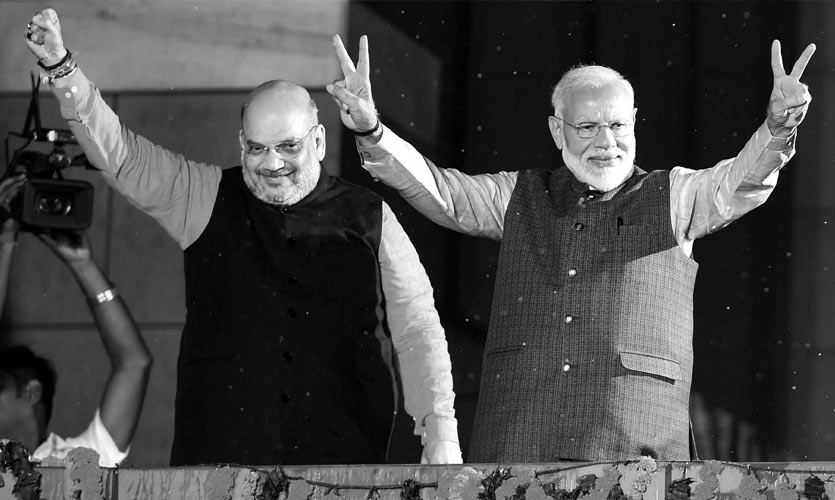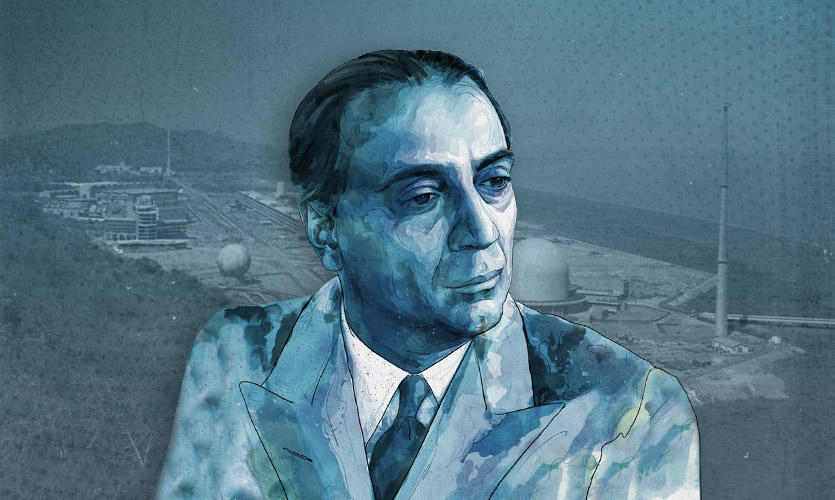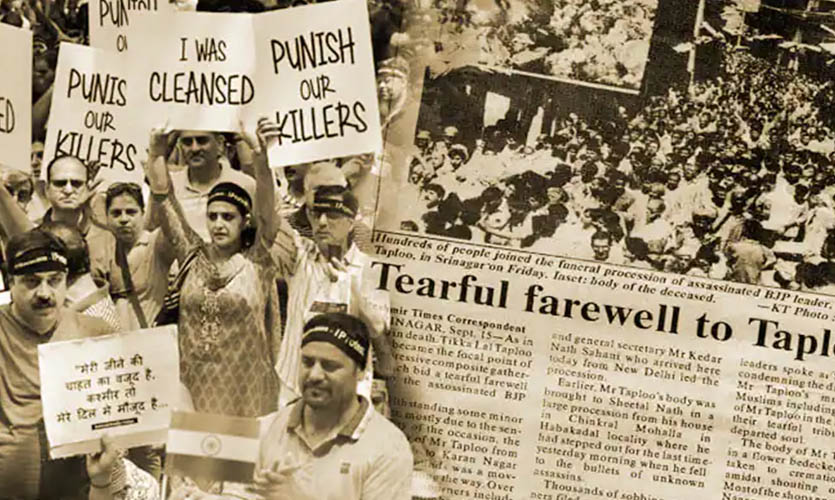In 2021, so far, the Bharatiya Janata Party (BJP) has had four people resign from the post of chief minister in three states, the latest being Vijay Rupani in Gujarat. This has raised questions on the party’s and the central leadership’s in-house practices yet again.
The BJP and the Congress have always been at opposing ends. While there have been times when they have managed to work together, the BJP’s accusation of the Congress indulging in appeasement politics has been consistent. But can it continue to make this claim without running the risk of being hypocritical?
Recent Developments
Earlier this year, in March 2021, the former chief minister of Uttarakhand, Trivendra Singh Rawat was asked to resign after being in power for almost four years. Besides the apparent factionalism within the BJP’s Uttarakhand state leadership, the decision came after the central leadership was disappointed over his development and governance style. The move to pass the Char Dham Devasthanam Management Bill appeared to be the last nail in the proverbial coffin. The bill would have effectively brought more than 50 shrines, including Badrinath and Kedarnath under the state government’s direct legislation. The decision was apparently made in consultation with the several bureaucrats of the state, casting aside the thoughts of the cabinet and the central leadership.
Tirath Singh Rawat replaced Trivendra Rawat but was dropped merely four months after appointment following a series of controversial policy decisions. While he reversed the Char Dham Devasthanam Management Bill, among other decisions, he invited flak for making untoward comments. “Showing bare knees, wearing ripped denim and looking like rich kids – these are the values being given now. Where is this coming from, if not at home? What is the fault of teachers or schools? Where am I taking my son, showing his knees and in tattered jeans? Girls are no less, showing their knees,” said Tirath Singh on seeing a woman running an NGO wearing ripped jeans. He also faced criticism for giving the go-ahead for organising the Kumbh Mela while the country was battling with the second wave of COVID-19. The party wasted no time in appointing Pushkar Singh Dhami as the next CM until the assembly election early next year, which is bound to prove challenging. Along with explaining to the electorate why there were so many changes at the top level, the BJP will also have the Opposition to answer to who will make it a campaign issue.
The former chief minister of Karnataka, B.S. Yediyurappa was asked to resign in July this year. While Yediyurappa had already crossed the 75-year upper limit of the age at which leaders can continue to be an active part of politics, it was already overdue by three years. Although his age was the reason cited, it was alleged that the involvement of his sons was the real reason. His elder son, B.Y. Raghavendra is a Lok Sabha member, while his younger son, B.Y. Vijayendra is vice-president of the BJP state unit. Vijayendra is said to have been involved in high-level party meetings he should not have access to, the knowledge of which also apparently pushed the leadership change. Yediyurappa, however, remains an integral part of the BJP given his undisputed influence on the Lingayat community dominant in the state. The appointment of Basavaraj Bommai as his successor was telling as well as he is a close aide of the former CM. Moreover, before his resignation, Yediyurappa’s exit plan was also supposedly discussed with his sons by BJP chief J.P. Nadda.
Earlier this week, Bhupendra Patel was appointed as the new CM of Gujarat following the resignation of Vijay Rupani. Amid a rushed cabinet reshuffle, the party seems to have abandoned all its former members who have served in Prime Minister Narendra Modi’s model state. More shocking than the appointment of Bhupendra Patel, who did not seem to be a part of anyone’s assumptions, was Nitin Patel being passed over for the post. The former deputy CM is a consistent six-time MLA and a popular political figure since before PM Modi became the chief minister of Gujarat. A total of 24 members were elected to the Gujarat cabinet today, none of whom have been at the positions before.
Why The Changes?
The most direct cause for these developments can be reasoned to be the closing in of assembly elections and therefore, securing electorates. Uttarakhand has seen a rotating government ever since its inception in 2000. The BJP and Congress have been elected in turns in the state, and since the former was elected last year, it may have a tougher battle to fight. The replacements of two CMs within a single term only adds to the party’s worries, which is why it may be projected as necessary. But it seems to have been more for the appeasement of party members than the people. The people of Uttarakhand also have a history of voting based on the policy decisions, development, and progress of the state, which is why attempting to appease the electorate there would be detrimental to the party’s chances at re-election. While it is most likely a point that the Opposition can bring up during campaigning, taking a second chance with Dhami may have been a necessary risk after Tirath Singh’s misogynistic comment and the Kumbh Mela fiasco.
In Karnataka, the move was viewed to be more of a generational change. Projecting the young for the young is a valid tactic. However, doing so in the middle of Yediyurappa’s term was questionable. Given that the official reason offered was his age, it would also have been prior knowledge before his appointment in 2019. Under Yediyurappa, the BJP saw Karnataka through catastrophic floods as well as the second wave of COVID-19. It was also the first state to establish a 10,000 bed COVID hospital and care centre. Yediyuruppa has been an unconditional part of the RSS and hence, the BJP. His ouster from state leadership can be assumed to be merely ceremonial as the party’s following in the state is contingent on him. So are the 16 turncoats who changed base from the Congress to the BJP on Yediyuruppa’s cajoling. While a bilateral loyalty between him and the party is apparent, the Lingayat community’s appeasement by way of this relationship cannot be denied. Bommai’s appointment as his successor and Yediyuruppa’s plans to go on a state-wide yatra make t further apparent. Announcing the same unilaterally, however, did not sit well with the central leadership, who designated BJP state president Nalinkumar Kateel to accompany him on the journey. “The decision of the party to send Nalinkumar Kateel with Yediyurappa is a clear subtle message for the veteran leader that he has to move according to the party’s plans,” comments the Siasat Daily. The party is aware of Yediyurappa’s appeal in the state. But Bommai’s victory in the recent by-polls without the Lingayat leader’s tag, and despite denying his son a cabinet seat, has validated their decision in anticipation of the 2023 assembly election.
Rupani’s incompetence during the pandemic led to his inevitable dismissal. But Bhupendra Patel’s appointment as the chief minister of Gujarat was a calculated election strategy and perhaps the closest the BJP has got to appeasement, after Uttar Pradesh. Following the resignation of Rupani, all the seasoned media and analysts’ lists of assumptions had two things in common – Nitin Patel’s name as the possible CM at the top – and Bhupendra Patel’s lack thereof.
“Bhupendra Patel’s name appeared to be the most righteous one in the move to appease the Patidar community and benefit the party,” writes Saurabh Sharma of the Sparrow News. The Patidar (also known as Patel) community in Gujarat is divided into factions of the Kadva Patidars and the Leuva Patidars. While the former forms only 30 percent of the Patel vote in the state, it is a crucial electorate to appease for the BJP to sustain its streak of victory, especially after the 2015 agitation led by Hardik Patel. A “carefully constructed assessment” of the Patel vote has pushed Bhupendra Patel to the forefront. According to sources, while both are Kadva Patidars, and even though Nitin Patel has seniority along with sharing close relationships with Narendra Modi and Amit Shah during their tenure in Gujarat, Bhupendra Patel is the more popular face. It is a crucial vote bank for the BJP after narrowly escaping the scare during the last state election in 2017, gaining only 99 seats in the 182-member house, compared to 115 in 2012. Moreover, given that the initiation of PM Modi’s prime ministerial legacy tracks back to the Gujarat model, it is a state the party cannot afford to lose.
The BJP has historically described appeasement as the Congress unconditional catering to the minority group in India, especially the Muslim community, without regard to the rest of the country’s development. Its recent practices have shed light on the party’s willingness to run the risk of the Opposition’s hullabaloo to be able to stay in power. Although questionable, the same does not seem to be at the cost of any development in any of the states. Furthermore, the BJP seems to have hit a political goldmine in embracing and promoting a generational change in the name of staying in power, hopefully, with just as fruitful returns for the people of India.
The Horus Eye is a weekly column written by Divya Bhan analysing current affairs and policies. This column does not intend or aim to promote any ideology and does not reflect the official position of The Sparrow.
Also read: Are India’s Educational Institutes Being Leveraged To Forward Political Agendas?
Also read: Does The Demand For A Uniform Civil Code Overlook India’s Religious Freedom?










